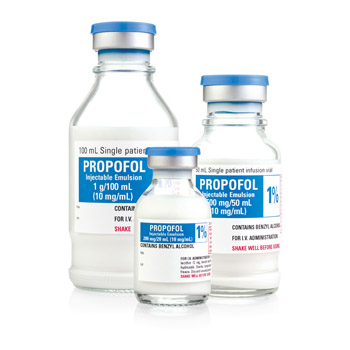
HLB values of some commonly used emulsifying agents are given in Table 35.1. Two or more surfactants can be combined to achieve a suitable HLB value and often give better results than one surfactant alone. Liquid paraffin, for example, has a required HLB value of 4 to obtain a w/o emulsion and 12 for an o/w emulsion. Oils and waxy materials have a ‘required HLB number’ which helps in the selection of appropriate emulsifying agents when formulating emulsions. Low numbers (3–6) indicate a lipophilic molecule which produces a w/o emulsion.

Higher numbers (8–18) indicate a hydrophilic molecule which produces an o/w emulsion. The lower the number, the more oil soluble the emulsifying agent. An HLB number, usually between 1 and 20, is allocated to an emulsifying agent and represents the relative proportions of the lipophilic and hydrophilic parts of the molecule. The HLB (hydrophilic–lipophilic balance) system. Examples of the main types include glycol and glycerol esters, macrogol ethers and esters, sorbitan esters and polysorbates. The type of emulsion formed depends on the balance between hydrophilic and lipophilic groups which is expressed as the HLB (hydrophilic–lipophilic balance) number (see below).

The non-ionic surfactants are compatible with both anionic and cationic substances and are highly resistant to pH change. They are used to produce either o/w or w/o emulsions for both external and internal use. These are synthetic materials and make up the largest group of surfactants. Water in oil emulsions have a high potential in cosmetic, biological, pharmaceutical, agricultural, and food industries. Then add, in divided portions, triturating after each addition, a mixture of the Syrup, 50 mL of Purified Water, and the Vanillin dissolved in the alcohol. Mix the Mineral Oil with the Powdered Acacia in a dry mortar, add 250 mL of Purified Water all at once, and emulsify the mixture.

Examples include cetrimide and benzalkonium chloride. Purified Water, a sufficient quantity to make. The cationic surfactants also have antimicrobial activity. Emulsions formed by a cationic surfactant are generally stable at acidic pH. They are used in the preparation of o/w emulsions for external use and must be in their ionized form to be effective. These are usually quaternary ammonium compounds which have a surface-active cation and so are sensitive to anionic surfactants and drugs. Soaps of divalent and trivalent metals such as calcium oleate (w/o) (see Example 35.3)Īmine soaps such as triethanolamine oleate (o/w)Īlkyl sulphates such as sodium lauryl sulphate (o/w).Ĭationic surfactants. Alkali metal and ammonium soaps such as sodium stearate (o/w)


 0 kommentar(er)
0 kommentar(er)
